Table of Contents
The Link Between Hormones and Acne Breakouts
Hormones play a crucial role in our bodies, regulating various physiological processes, including growth, development, and metabolism. However, an imbalance in hormone levels can have significant effects on our skin, leading to acne breakouts. In this article, we will explore the link between hormones and acne, and discuss how hormonal fluctuations can contribute to the development of acne.
Hormonal Fluctuations and Acne
Hormonal fluctuations are a common occurrence in both men and women, particularly during puberty, menstruation, pregnancy, and menopause. These fluctuations can cause an increase in androgen hormones, such as testosterone and dihydrotestosterone (DHT), which stimulate the oil glands in the skin, leading to an overproduction of sebum. This excess sebum can clog pores, causing blackheads and whiteheads, and creating an ideal environment for bacteria to thrive, leading to acne breakouts.
The Role of Androgens in Acne
Androgens, such as testosterone and DHT, are hormones that are produced by the adrenal glands and testes in both men and women. These hormones play a crucial role in the development of male characteristics, such as facial hair and deepening of the voice. However, an imbalance of androgens can lead to an increase in sebum production, causing acne. In women, an excess of androgens can also contribute to polycystic ovary syndrome (PCOS), a condition characterized by irregular menstrual cycles, weight gain, and acne.
The Link Between Hormonal Fluctuations and Acne Breakouts
Hormonal fluctuations can trigger acne breakouts in several ways. During puberty, the surge in androgens can lead to an increase in sebum production, causing acne. In women, hormonal fluctuations during menstruation, pregnancy, and menopause can also trigger acne breakouts. For example, during menstruation, the drop in estrogen levels can lead to an increase in androgens, causing acne. Similarly, during pregnancy, the increase in estrogen and progesterone can cause an increase in sebum production, leading to acne.
Treatment Options for Hormonal Acne
While hormonal fluctuations can be challenging to manage, there are several treatment options available to help alleviate acne breakouts. Topical treatments, such as retinoids and benzoyl peroxide, can help to unclog pores and reduce inflammation. Oral antibiotics, such as doxycycline and minocycline, can help to reduce the bacteria that cause acne. Hormonal treatments, such as birth control pills and spironolactone, can help to regulate hormonal fluctuations and reduce acne. In severe cases, isotretinoin, a powerful retinoid, may be prescribed to help to clear up severe acne.
Conclusion
In conclusion, the link between hormones and acne breakouts is complex and multifaceted. Hormonal fluctuations can trigger acne breakouts by stimulating the oil glands in the skin, leading to an overproduction of sebum. Understanding the role of hormones in acne can help to develop effective treatment plans and reduce the severity of acne breakouts. By addressing hormonal imbalances and using appropriate treatments, individuals can help to manage their acne and achieve clearer, healthier skin.
Recommended Products
-
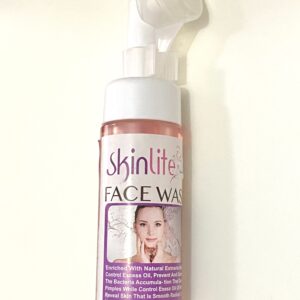 SkinLite Face Wash 200mlKD4.000
SkinLite Face Wash 200mlKD4.000 -
 SkinLite Soap 75gKD4.000
SkinLite Soap 75gKD4.000 -
 SkinLite Beauty Cream Day and Night 80gKD4.000
SkinLite Beauty Cream Day and Night 80gKD4.000 -
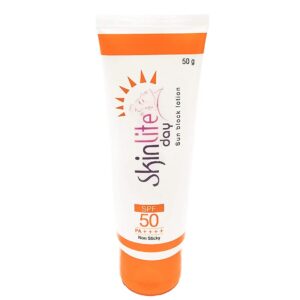 SkinLite Sunblock Lotion SPF50 PA++++ 50gKD4.000
SkinLite Sunblock Lotion SPF50 PA++++ 50gKD4.000 -
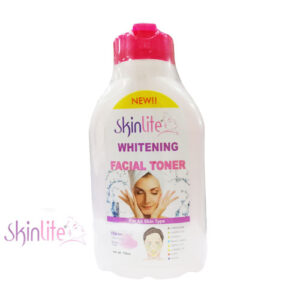 SkinLite Whitening Facial Toner 150mlKD3.500
SkinLite Whitening Facial Toner 150mlKD3.500 -
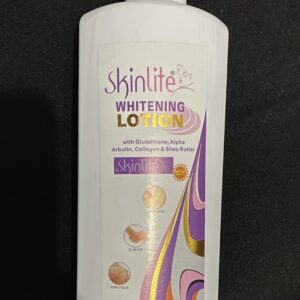 SkinLite Whitening Lotion with SPF 60 PA+++KD4.000
SkinLite Whitening Lotion with SPF 60 PA+++KD4.000 -
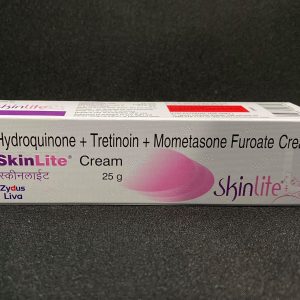 Skinlite Cream 25gKD4.000
Skinlite Cream 25gKD4.000




